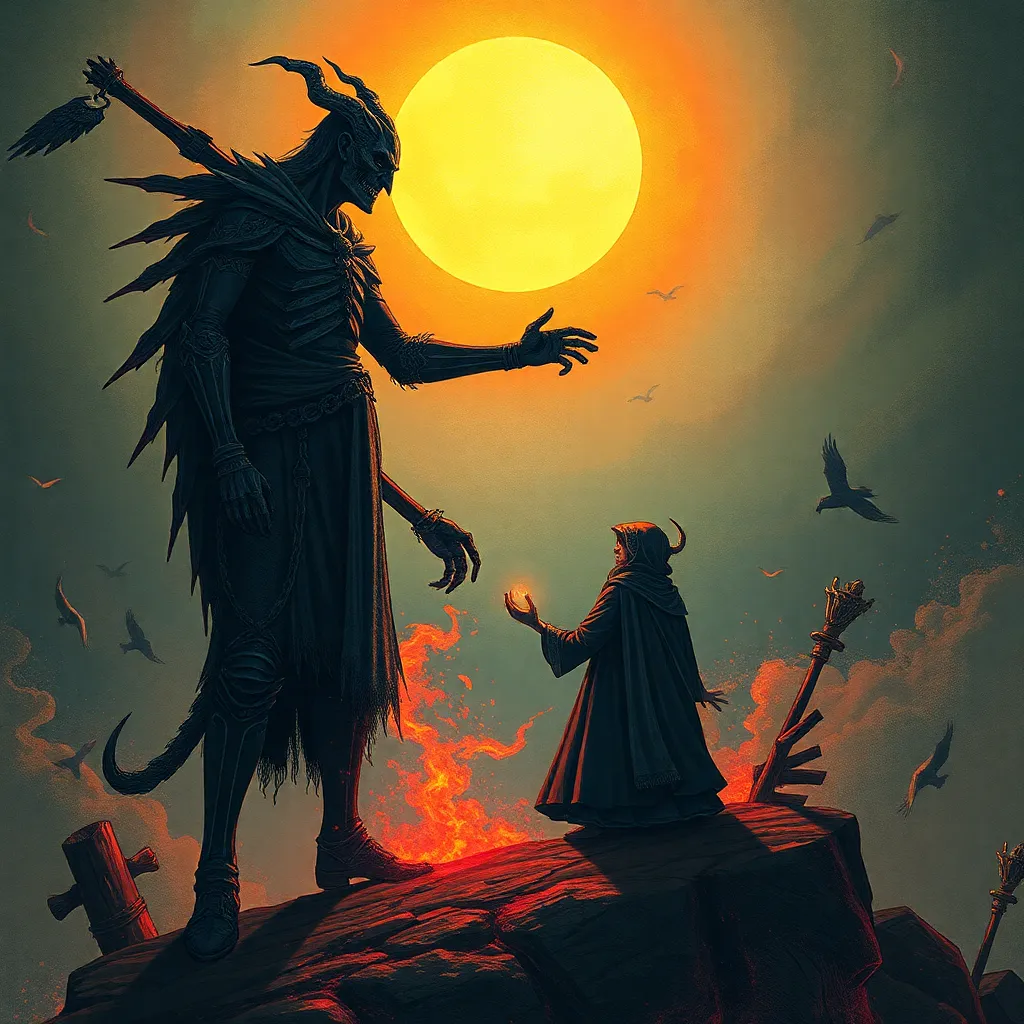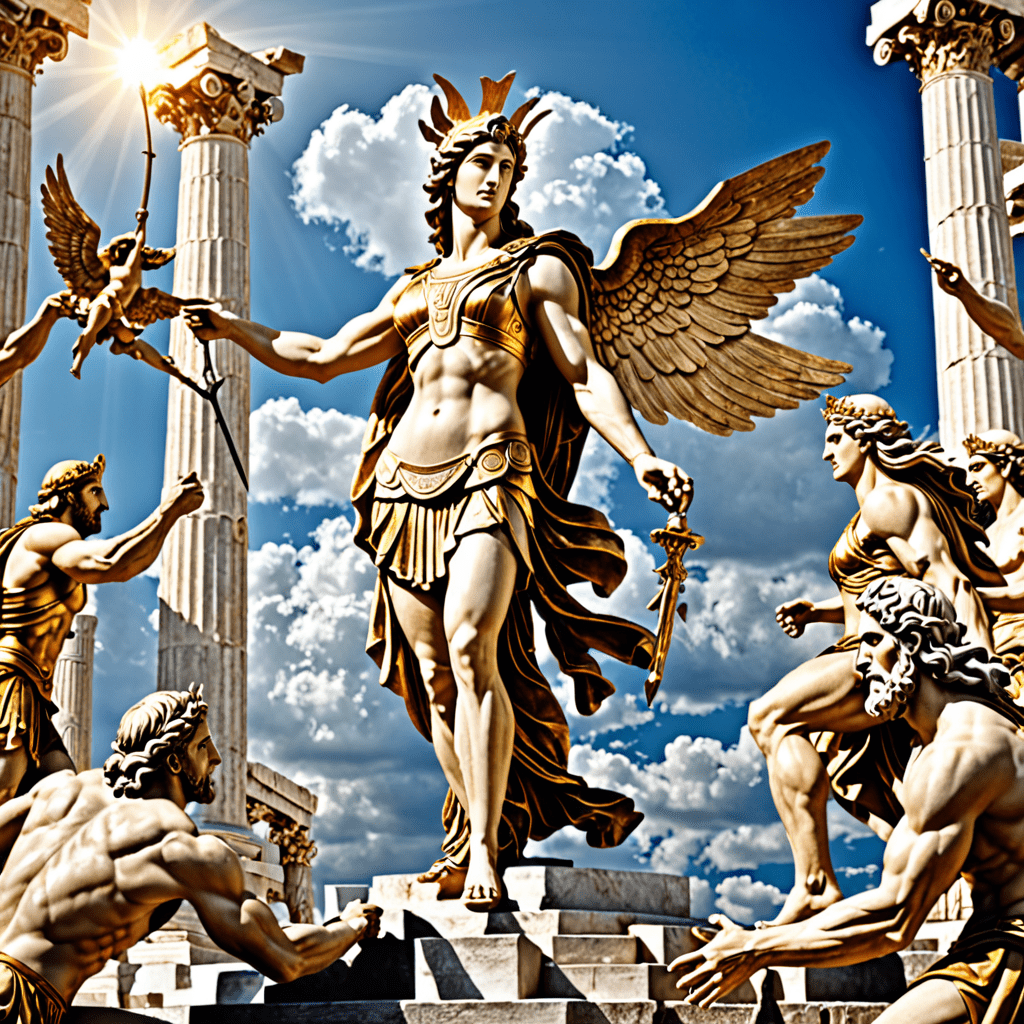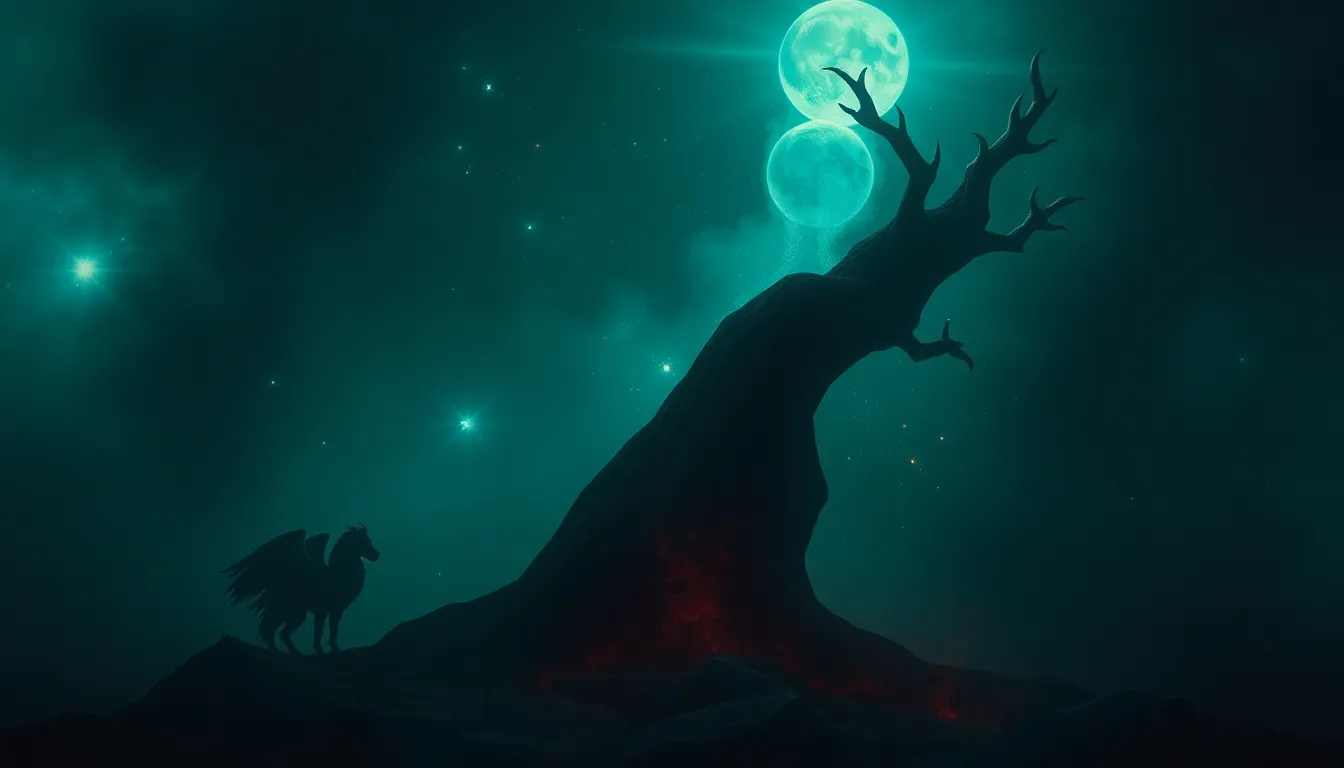The Deathless in Folklore: The Oral Tradition of Koschei’s Tales
I. Introduction
Koschei the Deathless is a prominent figure in Slavic folklore, often depicted as a malevolent sorcerer who possesses the secret to immortality. His tales are steeped in rich symbolism and cultural significance, reflecting the fears and desires of the societies that tell them. The oral tradition plays a crucial role in preserving these stories, allowing them to evolve while maintaining their core themes. This article aims to explore the character of Koschei, the symbolism of immortality in his tales, and the cultural impact of his stories within the framework of oral tradition.
II. The Character of Koschei
A. Origins and evolution of Koschei in Slavic mythology
Koschei’s origins can be traced back to ancient Slavic mythological traditions, where he is often characterized as a powerful and malevolent figure. His name, derived from the Slavic word for “death,” emphasizes his association with mortality and the afterlife. Throughout the centuries, Koschei has evolved, taking on various forms in different tales, yet his essence as a deathless antagonist remains consistent.
B. Characteristics and traits of Koschei the Deathless
Koschei is typically portrayed as a skeletal figure, embodying the very essence of death. His defining trait is his immortality, which he achieves by hiding his soul or heart in a remote location, often described as being inside a needle, which is itself located inside an egg, buried deep within a tree, and protected by various magical creatures. This intricate layering reflects his cunning nature and the lengths he goes to evade death.
C. Comparison with other similar figures in global folklore
Koschei the Deathless shares similarities with other immortal figures in global folklore, such as:
- Heimdall from Norse mythology, a god associated with foresight and immortality.
- Vampires in various cultures, who also defy death but do so at the cost of their humanity.
- Gilgamesh from Mesopotamian mythology, who seeks immortality but ultimately learns the value of human experience.
These comparisons highlight a universal exploration of immortality and the human condition across different cultures.
III. The Role of the Deathless in Folklore
A. Symbolism of immortality and its consequences
The concept of immortality in Koschei’s tales symbolizes both a boon and a curse. While the allure of eternal life is evident, the stories often reveal the loneliness and despair that accompany such existence. Koschei’s character serves as a cautionary tale about the dangers of seeking power over life and death.
B. Thematic exploration of life, death, and the human condition
At its core, the struggle between Koschei and the heroes who seek to defeat him reflects humanity’s eternal conflict with mortality. The narratives frequently delve into existential questions, such as:
- What does it mean to live a fulfilling life?
- Is death a necessary part of the human experience?
- How do we confront our fears of death and the unknown?
C. The Deathless as a metaphor for societal fears and desires
Koschei embodies the societal fears surrounding death, loss, and the desire for power. His tales often mirror the anxieties of the cultures that tell them, making him a relevant figure in discussions about mortality, ethics, and the human experience.
IV. The Oral Tradition in Slavic Culture
A. Historical context of oral storytelling in Eastern Europe
Oral storytelling has deep roots in Eastern European culture, serving as a means to transmit knowledge, cultural values, and historical narratives. Before the advent of written language, communities relied on bards and storytellers to keep their traditions alive, with tales like those of Koschei being passed down through generations.
B. Techniques and styles of oral narration
The art of oral storytelling involves various techniques, including:
- Repetition: Key phrases and motifs are repeated to reinforce themes and aid memory.
- Call and response: Engaging the audience to create a participatory experience.
- Vivid imagery: Using descriptive language to paint a picture in the listeners’ minds.
C. The role of bards and storytellers in preserving Koschei’s tales
Bards and storytellers played a vital role in the preservation of Koschei’s stories, often adapting them to reflect contemporary issues while maintaining their core messages. These performers were not only entertainers but also custodians of cultural identity, ensuring that the tales remained relevant to their audiences.
V. Key Tales Involving Koschei
A. Overview of notable stories featuring Koschei
Several key tales feature Koschei as a central figure, including:
- Koschei the Deathless: The classic narrative in which a hero must rescue a princess from Koschei’s clutches.
- The Tale of the Fisherman and the Fish: A story illustrating Koschei’s cunning and the consequences of greed.
- The Twelve Brothers: A tale of bravery and sacrifice as siblings confront Koschei’s dark magic.
B. Analysis of narrative structure and motifs within these tales
The structure of Koschei’s tales often follows a classic hero’s journey, featuring:
- A call to adventure, where the hero learns of Koschei’s threat.
- Trials and tests that challenge the hero’s courage and wit.
- A climactic confrontation with Koschei, often involving clever strategies to overcome his immortality.
C. The journey of heroes in confronting Koschei
The heroes in these tales often undergo significant personal growth, learning valuable lessons about bravery, sacrifice, and the importance of community. Their journeys reflect the universal struggle against dark forces and the triumph of good over evil.
VI. Cultural Impact of Koschei’s Tales
A. Influence on literature, art, and modern media
Koschei’s stories have significantly influenced various forms of literature and art. His character has appeared in:
- Literary works by authors such as Alexander Pushkin.
- Visual arts, including paintings and illustrations that depict his chilling presence.
- Modern media adaptations, including films and animated series that reinterpret his tales for contemporary audiences.
B. Adaptations of Koschei’s stories in contemporary storytelling
In recent years, adaptations of Koschei’s tales have emerged in various forms, showcasing the timeless quality of these narratives. These reinterpretations often explore themes of identity, power, and the human experience, resonating with modern audiences.
C. The relevance of these tales in today’s cultural landscape
Today, the stories of Koschei the Deathless continue to hold relevance, serving as cautionary tales that address contemporary issues such as:
- The ethics of immortality and biotechnology.
- The consequences of unchecked ambition and greed.
- The importance of community and relationships in facing adversity.
VII. The Legacy of Koschei in Modern Folklore
A. Continued significance in Slavic communities and beyond
Koschei remains a significant figure in Slavic folklore, with his tales still being told in various forms. He serves as a reminder of the rich cultural heritage of Eastern Europe and the importance of storytelling in preserving identity.
B. Emergence of new interpretations and retellings
As modern storytelling continues to evolve, new interpretations of Koschei’s character emerge, reflecting current societal values and concerns. These retellings often challenge traditional narratives, offering fresh perspectives on his story.
C. Koschei as a figure in global folklore discussions
The figure of Koschei has also found a place in global folklore discussions, where his traits and stories are examined alongside other immortal figures from different cultures, enriching the understanding of humanity’s relationship



